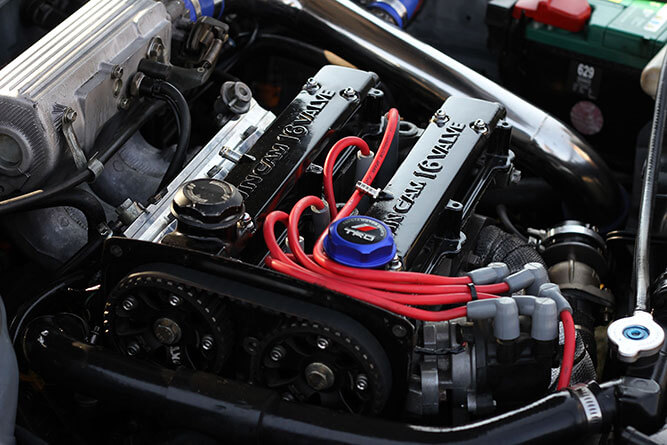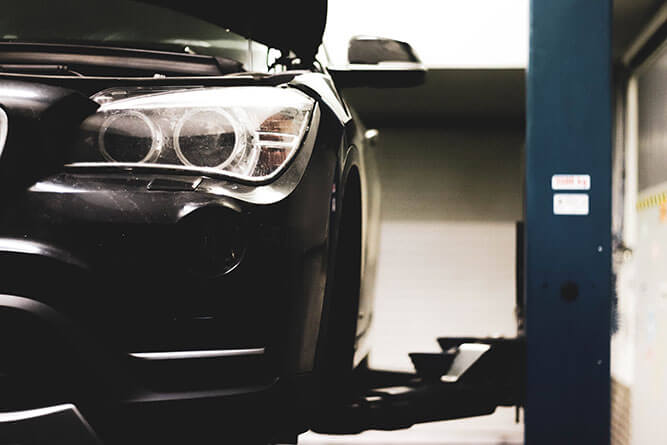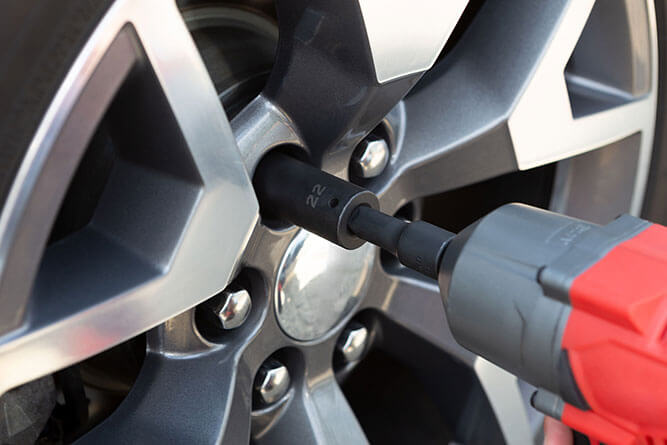When it comes to vehicle maintenance, car wash detailing is one of the most effective ways to preserve the look and longevity of your car. Unlike regular car washes, which focus on removing dirt and grime, detailing goes much deeper—restoring the exterior, enhancing the interior, and protecting the vehicle from environmental damage. In this article, we’ll explain why car wash detailing is so essential for vehicle upkeep and what’s involved in the process.
What is Car Wash Detailing?
Car wash detailing is a meticulous process aimed at thoroughly cleaning and restoring a vehicle to its original condition. This isn’t just about washing the exterior; detailing includes both interior and exterior services that enhance the car’s overall appearance and protect its surfaces. Whether done by a professional or at home, detailing involves the use of high-quality products and techniques designed for a deep clean.
Why Should You Detail Your Car?
- Preservation of Value: Regular detailing can keep your car looking newer for longer, which helps preserve its resale value. Cars that are regularly detailed are often seen as well-maintained, which appeals to potential buyers when it comes time to sell or trade in.
- Protection from the Elements: Detailing provides a protective layer for the paint, such as waxing and sealing, which helps defend against weather elements like rain, snow, or UV rays. This layer helps to minimize the risk of rust and paint oxidation, keeping your car in better condition for years.
- Improved Driving Experience: A clean and well-maintained car provides a better driving experience. Detailing can enhance visibility by ensuring that windows and mirrors are crystal clear. The interior is also fresh and comfortable, making your time on the road more enjoyable.
- Aesthetic Appeal: One of the most obvious reasons for detailing is that it makes your car look amazing. It restores the shine and luster to the paint, gives the tires a sleek finish, and makes the interior look inviting and fresh.
- Healthier Interior: Detailing doesn’t just make your car look great—it also improves the air quality inside. Removing dirt, allergens, and bacteria from your upholstery, carpets, and air vents helps create a healthier environment for you and your passengers.
Exterior Detailing: The Process
- Hand Washing: The first step in exterior detailing is a thorough hand wash. This step is essential to remove dirt, grime, and contaminants that have accumulated on the car’s surface. Professional detailers use soft microfiber towels to avoid scratching the paint.
- Clay Bar Treatment: After washing, a clay bar is used to remove stubborn contaminants that the wash didn’t catch. These include things like tree sap, tar, and industrial fallout. The clay bar leaves the surface smooth and prepared for the next steps.
- Polishing: Polishing is an important step in restoring the car’s paintwork. It helps to remove fine scratches, swirl marks, and oxidation. This process brings out the color and depth of the car’s paint, giving it a glossy finish. It also enhances the smoothness of the paint surface.
- Waxing or Sealing: Waxing is one of the most crucial steps in detailing as it adds a protective layer to the paint. The wax repels water, dirt, and contaminants, helping maintain the car’s shine while shielding it from UV rays, which can cause paint to fade. Some professionals also apply paint sealants, which offer longer-lasting protection than traditional wax.
- Wheel and Tire Cleaning: The wheels and tires often accumulate brake dust, dirt, and road salt. Detailers use special cleaners and brushes to thoroughly clean the wheels, while tire shine is applied to give them a glossy, new look.
- Headlights and Taillights Polishing: Over time, headlights and taillights can become hazy or discolored. Detailing includes restoring the clarity of these lights, ensuring they work efficiently and enhance visibility for safer driving.
Interior Detailing: The Process
- Vacuuming: The first step in interior detailing is to vacuum every nook and cranny of the cabin. This includes the seats, carpets, floor mats, and even the hard-to-reach areas like under the seats and between the cushions. This step removes all loose dirt and debris.
- Shampooing and Deep Cleaning Upholstery: Whether your car has leather, vinyl, or fabric seats, detailing ensures they’re cleaned and conditioned. Leather seats are treated with conditioners to maintain their softness and prevent cracking. Fabric seats are shampooed to remove stains and dirt.
- Cleaning and Protecting Surfaces: All plastic and vinyl surfaces, including the dashboard, center console, and door panels, are wiped down and cleaned. Protectants are applied to prevent these surfaces from drying out or cracking over time due to sun exposure.
- Glass Cleaning: The windows and mirrors are cleaned both inside and out, leaving them streak-free and providing clear visibility. This step is often crucial for night driving or in wet weather conditions when fogging or smudges can be distracting.
- Air Freshening: After all the cleaning is complete, a pleasant air freshener or odor eliminator is used to make the car smell inviting and fresh. This is especially useful for removing any lingering odors from pets, food, or cigarettes.
Engine Bay Detailing
Though often overlooked, engine bay detailing is a crucial part of maintaining your car’s overall health. It involves cleaning the engine and its components with specialized degreasers and brushes. This helps remove buildup of dirt, grease, and oils that can cause the engine to overheat or damage parts. An added benefit is that it makes it easier to spot potential mechanical issues under the hood.


